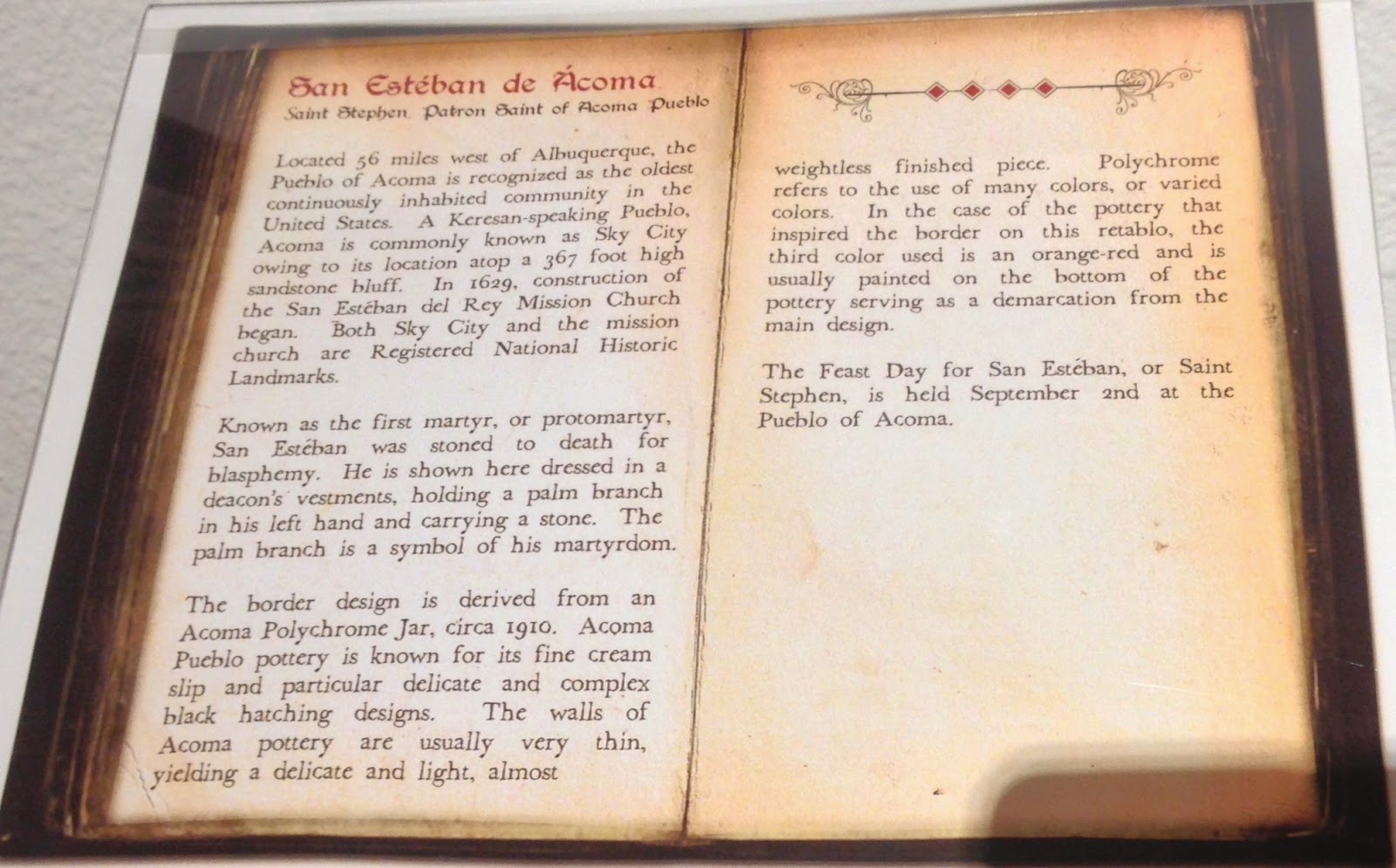http://www.nps.gov/cagr/index.htm
"Hohokam" comes from the Pima Indian (Akimel O'odham) word for "those who have gone", the contemporary Native American inhabitants of southern Arizona. "Ancestral Sonoran Desert People" is the term now used to refer to the people that lived in the Sonoran desert from 5, 500 B.C.E. to the early 1400’s. Their ancestors are the Akimel O'odham and Tohono O'odham peoples in Southern Arizona.















































































































